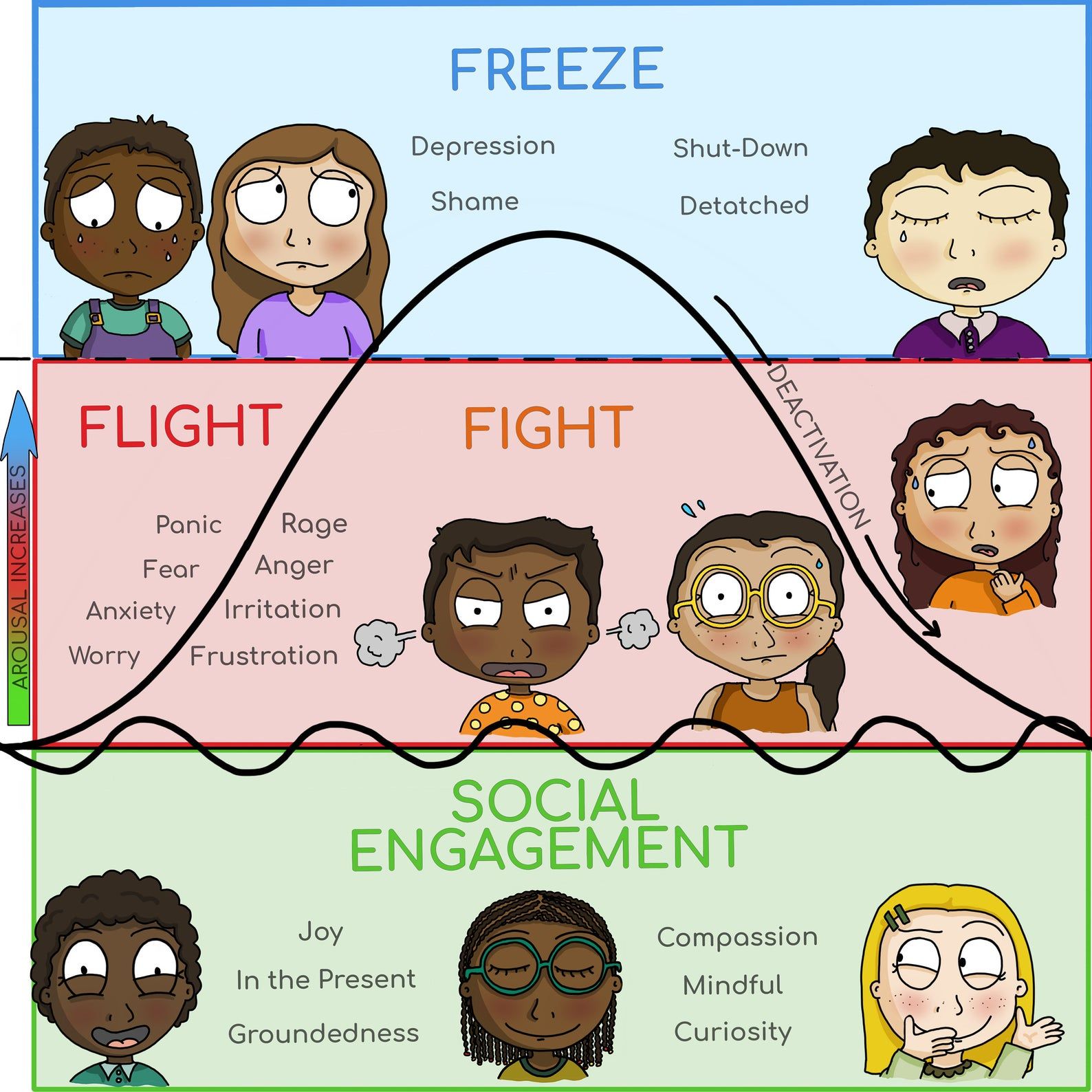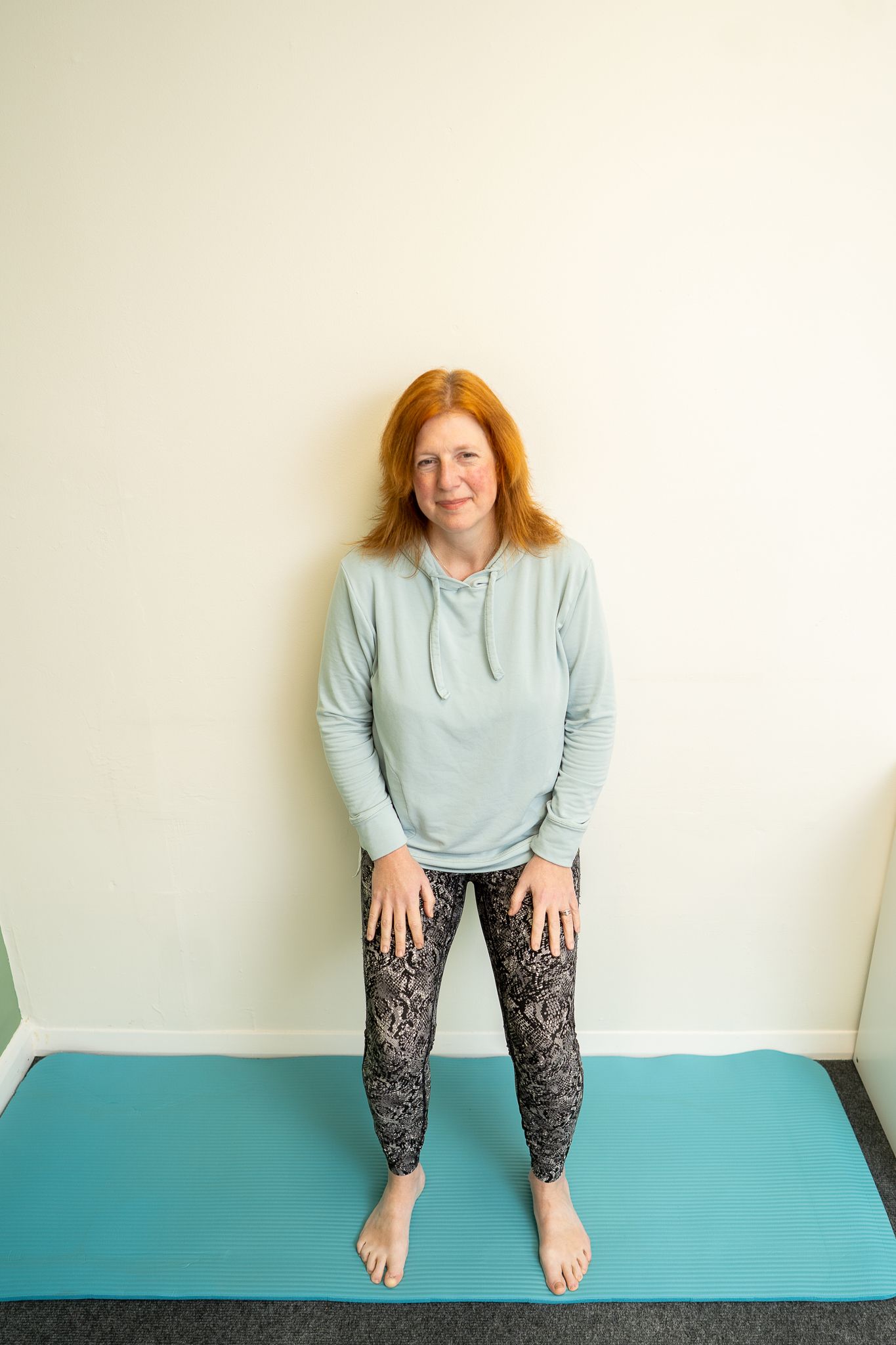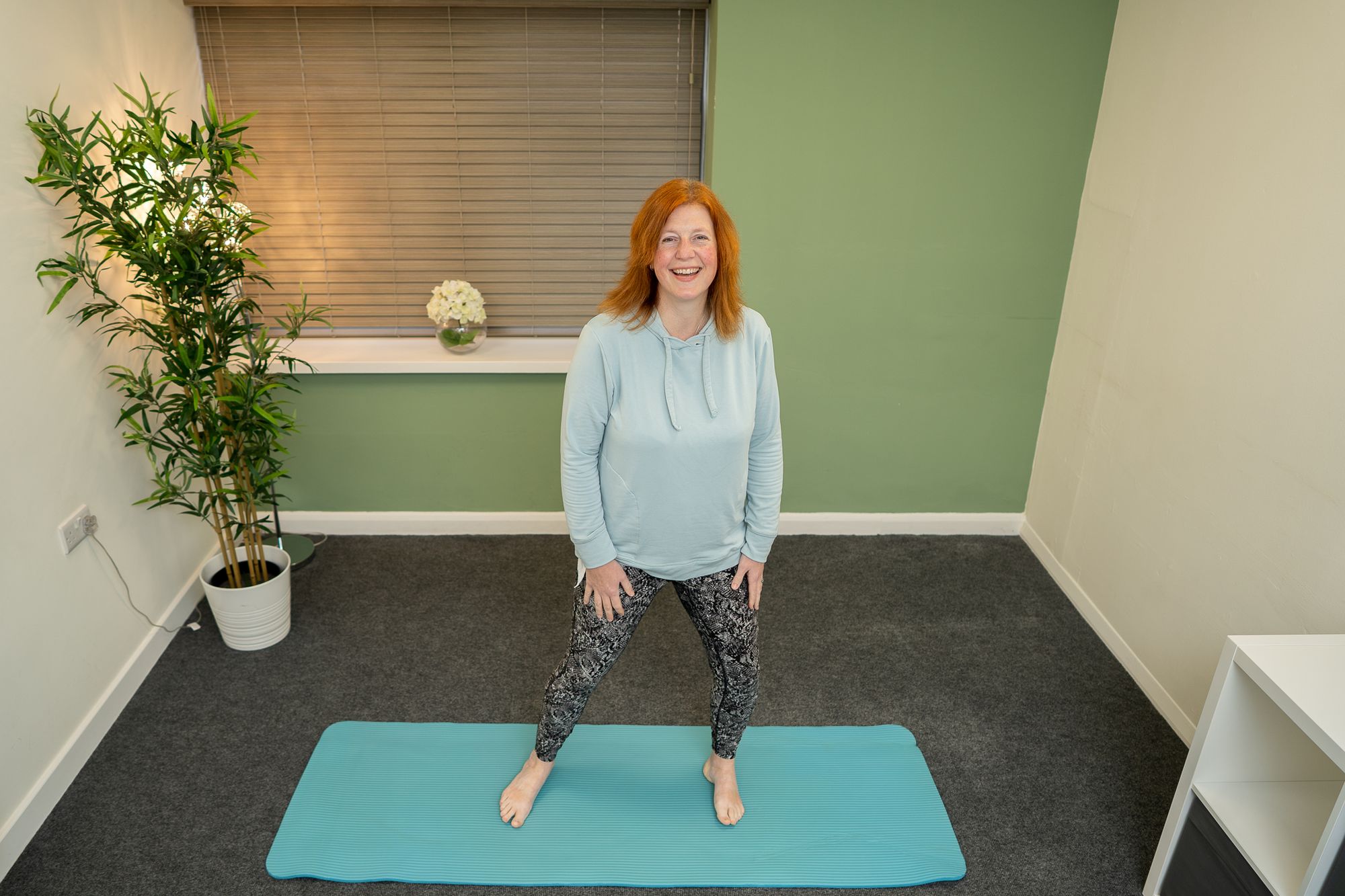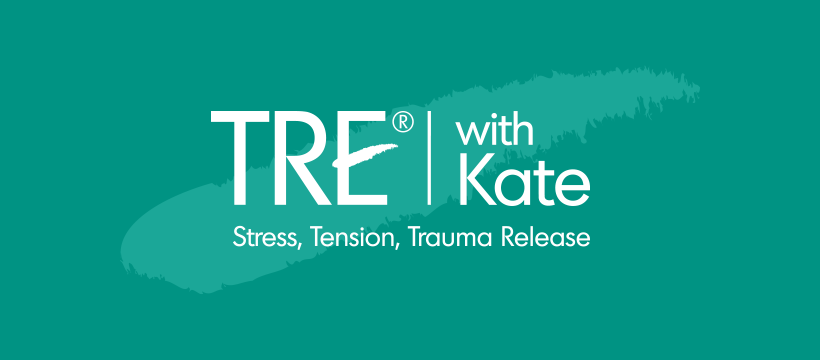Navigating the rollercoaster: How does TRE® support self-regulation?

“Self-regulation does not refer to “good behaviour” but to the capacity of an individual to maintain a reasonably even internal emotional environment. A person with good self-regulation will not experience rapidly shifting extremes of emotional highs and lows in the face of life’s challenges, difficulties, disappointments, and satisfactions.” ― Gabor Maté
Life is often described as a rollercoaster (not least by Ronan Keating). In one particularly memorable conversation with my amazing friend, Anne, a long, long time ago, she pointed out that I was happiest with a life that had considerable ups and downs and that I didn't particularly like it when things were 'steady'. Looking back on this, I now realise that she wasn't talking about events but rather my ability to regulate my own emotions (in a nice way) - perhaps the highs and lows gave me something to 'feel'. I also realise that now I experience fewer emotional extremes and times when I am moving dramatically up and down the activation curve (see below). It is, as a result, a much more comfortable and less tiring place to be. In short, I have learnt to self-regulate more effectively - part of this is due to life experience and maturing (hmmm, yes I do mean getting older) but also something else that has made a massive difference - TRE®.

What is self-regulation?
Self-regulation is the capacity to cope with, and control, your emotions, thoughts and feelings without the need for someone to guide you through it (supervision) or do it with you (co-regulation). According to TRE® for All's frequently asked questions, 'research suggests that successful self-regulation is dependent on control from the prefrontal cortex over subcortical regions involved in survival and emotion' - that is newer parts of the brain over primitive parts of the brain.
If this does not occur, you cannot control emotions, thoughts, feelings and sensations. This can result in feeling overwhelmed, dissociation and collapse at its most extreme (again, see curve above).
How can TRE® help with developing self-regulation?
“Self-regulation is knowing that while you might have impulses to do exciting things, it is always better to choose the option that is more aligned to your long-term goals. Self-regulation is a form of self-control that has a long-term perspective.” ― Brandon Goleman
TRE® is a practice that has been created to support you to develop self-regulation, as well as requiring self-regulation at its core. It works on these two levels in symphony. The exercises that encourage tremoring are embarked upon in a safe and grounded way. I, like many practitioners, spend time at the beginning of a session supporting people to feel grounded and regulate their nervous system. This results in undertaking TRE® in a (self) regulated way.
Within the exercise series, individuals are encouraged to work at a level that fatigues the muscles (a level of 6/10) rather than pushing for maximum fatigue/exhaustion or stress. By stopping when this level is reached, individuals demonstrate the ability to tune into their bodies and recognise when they have 'done enough'. The ability to do this is a clear indication of the ability to self-regulate.
During the tremoring, individuals are encouraged to 'notice' what is happening within their bodies, for example where the tremoring is taking place. If you are feeling emotionally overwhelmed and/or uncomfortable, you are encouraged to slow down or stop the TRE® process until you feel safe and grounded again. Choosing when to stop or take a break is an opportunity to practice self-regulation in a safe and supported environment.
Tremoring can feel great and it is not uncommon for people to want to do more and more of it. This is recognised within the TRE® protocols and TRE® for All, Inc. recommends you only tremor for a maximum of 15 minutes and only do TRE® 3 or 4 times a week at first. This can be lengthened, in terms of time or frequency, once you have learned the skills of “self regulation” and you have been doing TRE® for a few weeks.

Many people recognise immediate benefits from TRE®. However, regular practice on an as needed basis is where the successes really lie. Those who are calm, relaxed and can self-regulate as a result of a consistent TRE® practice do not experience as much conflict in their lives - individuals are less likely to 'get wound up'. However, daily life challenges all of us, no matter how calm and relaxed we generally feel. Regular TRE® reduces the levels of stress in the body, giving you access to a more relaxed state of mind. This combination can help to decrease conflict in all areas of a person's life.

If I can learn to do it by myself, why go to a practitioner?
It is possible to learn TRE® through reading David Berceli's (the creator of TRE®) excellent books or watching his informative YouTube videos. However, a certified TRE® practitioner can support you to learn how to self -regulate appropriately in relation to TRE®. They can also tailor TRE® specifically to you and answer questions about your ongoing practice.
Also, because the TRE® process can be intense, you might want to be guided through the exercises by a Certified TRE® Practitioner individually or attend a group session. This can also help you to self-regulate any emotions that come to the surface. In practising TRE® it is very important to learn “self-regulation” where you shake/tremor from a place of safety and are able to come in and out of the TRE® process.
So, what does this all mean?
In TRE®, the term self-regulation includes:
• Recognising when you are not grounded and how to become grounded
• Avoiding overwhelm (emotional and/or physical)
• Slowing down the tremoring process
• Stopping the tremoring process
• Developing the knowledge and skills to keep yourself 'stable' and'well' emotionally and physically
“When we self-regulate well, we are better able to control the trajectory of our emotional lives and resulting actions based on our values and sense of purpose.” ― Amy Leigh Mercree
TRE® is an incredibly valuable practice to support self-regulation. If you are interested in how TRE® might help you, have a look at the flyer below or contact me via email: kate@trewithkate.co.uk. I'm always happy to talk about TRE® and its benefits.
